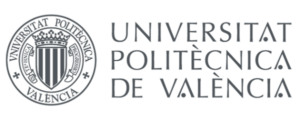Technology Transfer
The IIAMA has a clear vocation oriented towards technology transfer and collaboration with companies and administration
IIAMA
IIAMA carries out an active collaboration policy with companies and administrations through the joint development of research projects, signing agreements, researcher stays, participation in public calls, as well as exploring any collaboration opportunity.
Through this interaction, synergies and needs are identified that IIAMA can address by directing its research lines towards them.
Thanks to this fruitful collaboration and experience in launching national and international projects, over the years, IIAMA has achieved significant research results that have been successfully transferred to companies and administrations, with noteworthy contributions including developed software.

